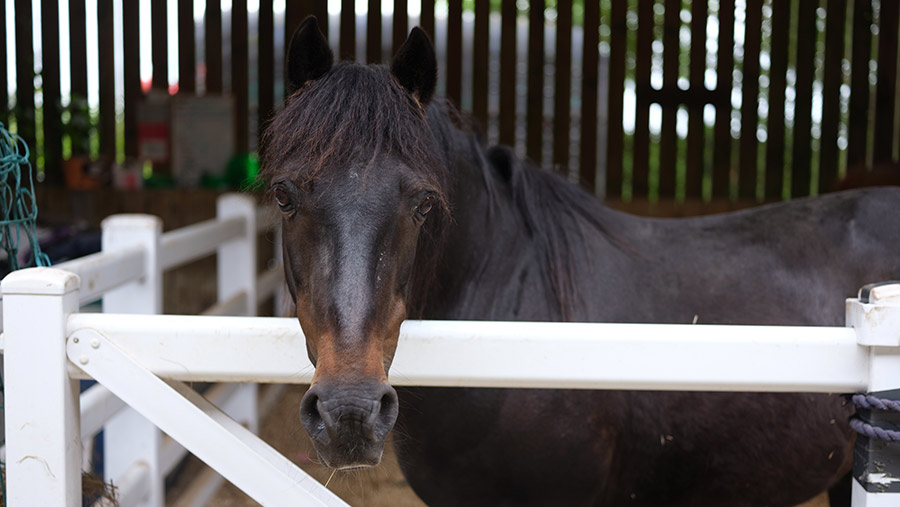How to gain best tax reliefs for livery diversification
 © MAG/Colin Miller
© MAG/Colin Miller Livery owners should make sure to structure their businesses correctly and review their agreements regularly to gain the best tax treatment, accountant Saffery Champness has advised.
Nick Hart, VAT advisory team director, said livery services can be structured so they are exempt from VAT, with no VAT chargeable to the horse owners, and this can also have consequences for inheritance tax (IHT) relief.
Adding horses to a working farm could be a successful diversification opportunity, especially if someone in the business or family already has an equine interest, due to the market’s high demand.
See also: So you want to… set up a livery yard?
How VAT works
If businesses offer a “grant of an exclusive right” or “licence” over a specific stable, and ancillary care elements are included within the agreement, the whole supply can be treated as VAT-exempt, provided an option to tax election has not been made over the stables, explained Mr Hart.
The agreement with the horse owner should reflect that such exclusive use of a specific stable or a licence to occupy is granted and that this grant is very much the predominant element of the services being supplied.
Where the exclusive right or licence is granted first and foremost, the level of care included does not affect the VAT position of the supply.
This would only be the case for specialist yards such as stud farms, race horse stables and schooling stables.
Also, a supply that comprises only the provision of grazing rights is zero-rated for VAT purposes (0% VAT charged).
Inheritance tax
With IHT, 100% relief is available where an asset meets the conditions for business property relief (BPR), including being held for the requisite two years, according to Mr Hart.
The main factor in determining whether there is a business for BPR purposes – or whether it is a passive, non-qualifying investment – is the level of services provided.
At one end of the scale, livery businesses that are essentially just grazing agreements, and where the owners take all responsibility for their horses, are seen as passive activities that will not qualify for BPR.
A livery business that is run as a commercial operation, however, and which provides additional services such as regular health checks and administering medication, feeding and mucking out, will be more likely to qualify for relief.
Mr Hart said: “It should be noted that the grant of an exclusive right or licence over a specific stable, as outlined above, without any additional services being offered, is very much a passive activity, so that in achieving VAT exemption through making such a grant, your IHT position may be impacted.
“Your professional adviser should also periodically review your particular agreements and, given the latest case law and HMRC guidance, advise whether BPR should be available, the steps that could be taken to strengthen a case for BPR, and the records that should be maintained and provided to counter a possible challenge from HMRC over-qualifying for BPR.”
